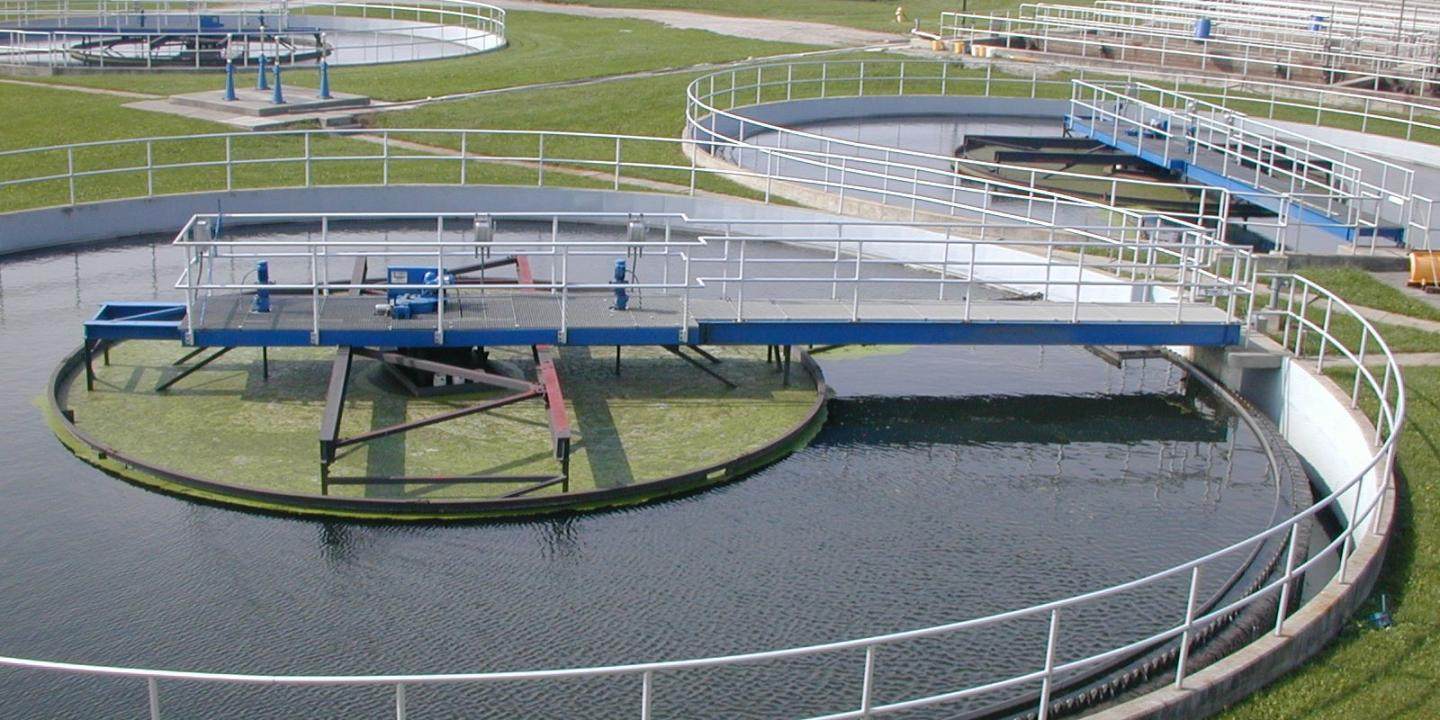Magnesium hydroxide is commonly used in wastewater treatment plants. One of its applications is in precipitation of phosphorus, a finite resource. Phosphorus bound to magnesium ions can be reused as fertiliser, which contributes to closing the loop on phosphorus.
At wastewater treatment plant De Harnaschpolder (The Hague), a long-term test is performed. This test shows how addition of magnesium hydroxide contributes to phosphate removal and sludge dewatering. Magnesium hydroxide is in this case added to the digested sludge buffer.
Wastewater treatment plant The Harnaschpolder
At wastewater treatment plant De Harnaschpolder, 225.000 m³ wastewater is treated every day. Harnaschpolder is the largest wastewater treatment plant in the Netherlands. Since 2015, magnesium hydroxide is added in the treatment process. During a test period of 1,5 year, results are compared to the current situation and further optimised.
Results
Results of this test show multiple advantages of magnesium hydroxide addition. Firstly, the phosphate load of the biological treatment decreases, through which a higher level of biological phosphate removal can be achieved. This decreases the need for complementary chemicals such as iron chloride. Operational costs are decreased by 4%, due to improved sludge dewatering and the decreased need for complementary chemicals, amongst which iron chloride and polymer. Thirdly, improved dewatering results in less sludge to dispatche to a sludge incinerator.
Find out more about this study on:
Struvite test The Harnaschpolder Delfluent BV (download article in English).
Or contact our sales department via sales [at] nedmag.nl (sales[at]nedmag[dot]nl).
